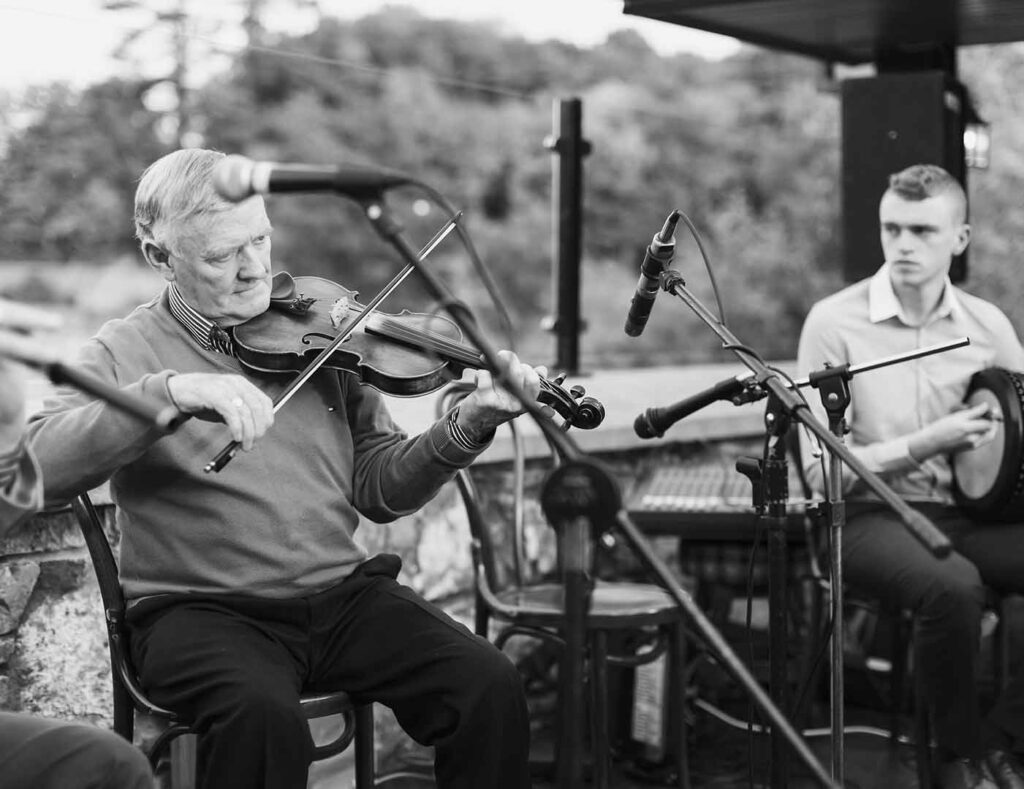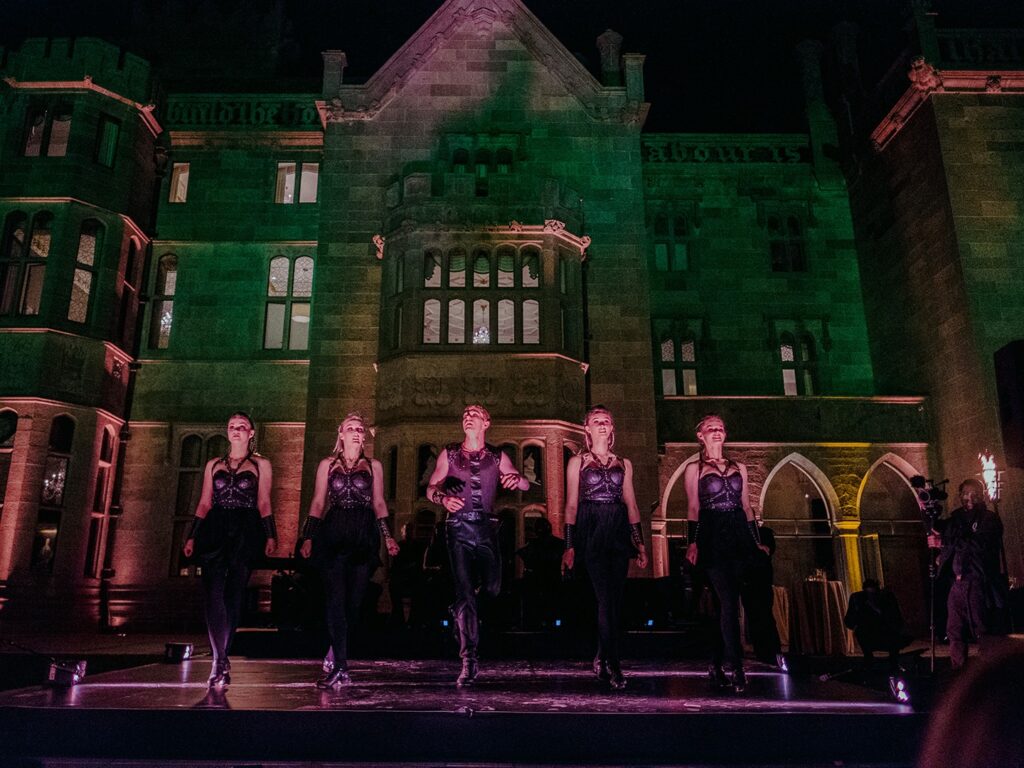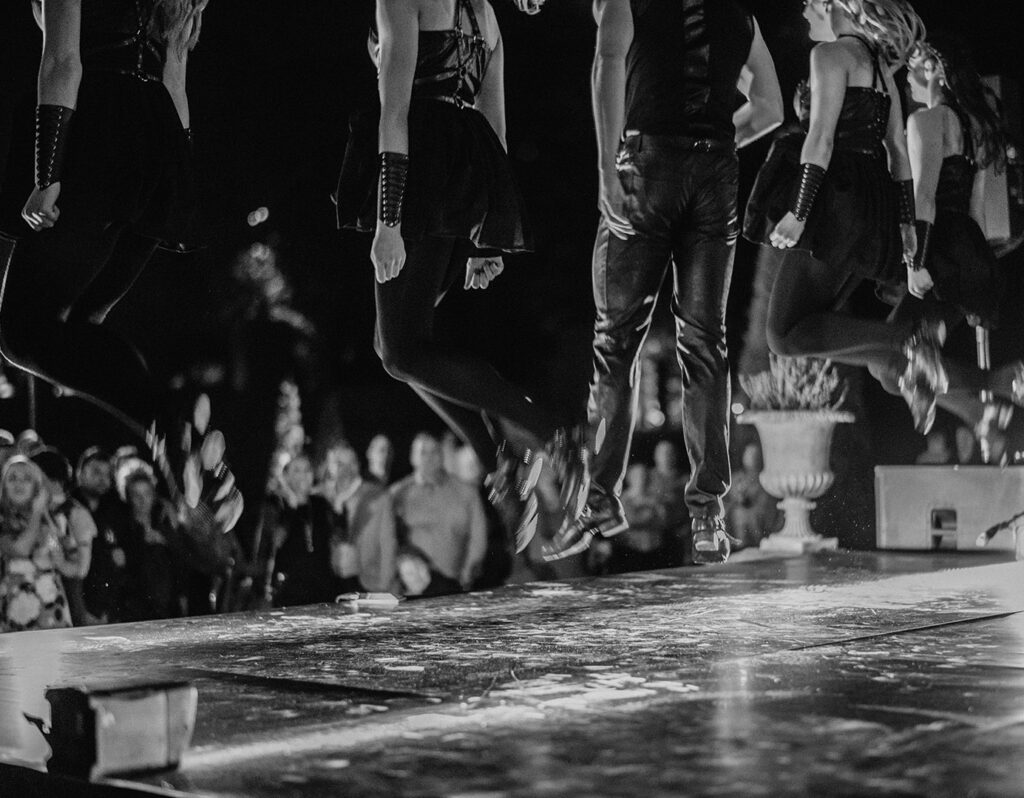EXPERT ADVICE FROM IRISH DESTINATION WEDDING PLANNER
In light of St Patrick’s day, a global celebration of Irish culture, we would like to place a spotlight on why Ireland is such an incredibly popular wedding destination. With Irish diaspora all over the globe celebrating Irish cultures and symbolism on St Patrick’s day, it really is a wonderful testament to how our little island of Ireland is received so warmly across the globe. As highly experienced Destination Wedding Planners in Ireland, we have had wonderful experiences in helping our clients across the globe bring their wishes to reality in celebrating their destination wedding.
We at Olivia Buckley International would like to share some great advice and tips on how to start planning your dream destination wedding in the beautiful Emerald Isle.
CHOOSING IRELAND AS YOUR DESTINATION WEDDING LOCATION:
Home to authentic castles, historical churches and beautiful countrysides, rolling hills and a rugged, romantic wilderness found nowhere else on earth, it’s easy to see why getting married in Ireland is steadily becoming more and more popular. There is simply no other place in the world that can encompass so many different factors that come together to make your wedding truly magical. With over 900 miles of coastline around the island, breathtaking scenery, an abundance of historical locations and a nation known for their hospitality, warmth and fun-loving ways, Ireland has cemented itself as an unparalleled and epic, luxury destination for dream weddings and unforgettable events.
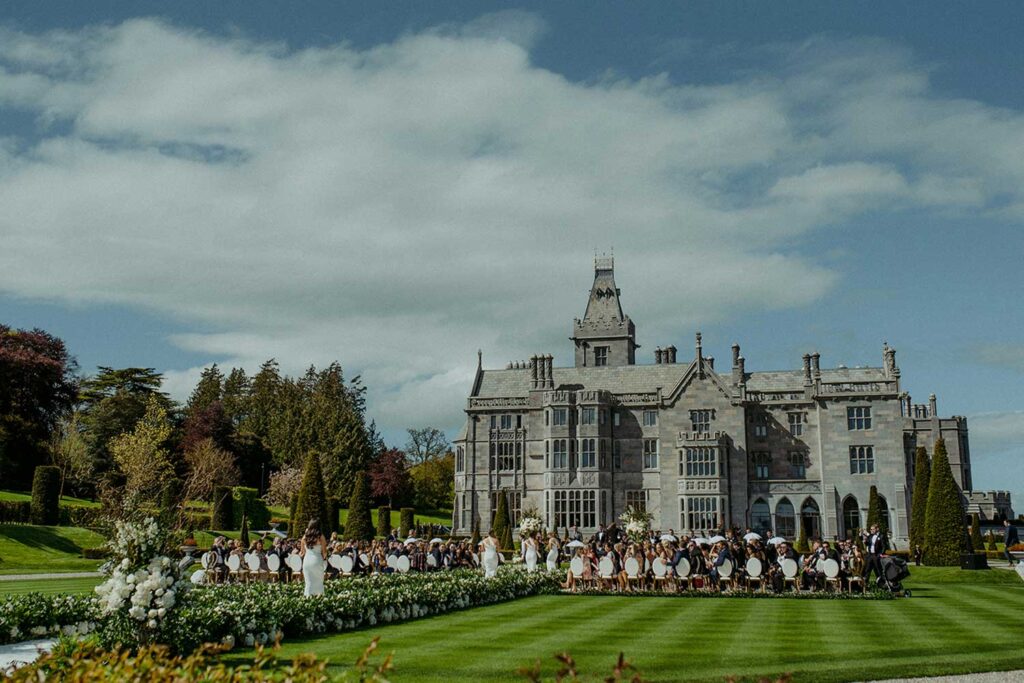
IRISH WEDDING TRADITIONS AND BLESSINGS:
From traditional hand fasting in spiritual ceremonies and secular humanist ceremonies, to registry office civil ceremonies and celebrant-led blessings, getting married in Ireland can be as unique as you and your partner desire. The mix of ancient and modern rituals is an attractive draw and we adore designing events that incorporate cutting edge ideas with heartfelt traditional elements.
THE HANDFASTING CEREMONY
Handfasting is a Celtic tradition that dates back more than 2,000 years and can be incorporated beautifully into modern ceremonies.
In ancient times, two people who wanted to be married were brought together. The couple facing each other, would extend their arms and clasp hands. A braided cord or ribbon was wrapped loosely around their hands while the priest proclaimed them engaged for one year, during which they lived together and tested out marriage. After the period of one year was over, the engaged couple would return to the priest and declare their intent to be married, which would follow soon after. Their lives were symbolically tied together, with bonds so strong they would not be broken. As years passed, the handfasting ceremony grew significantly more popular among couples celebrating their marriage; before long, other cultures and religions adopted the ancient practice.
Today, the Irish handfasting ceremony is primarily performed during Scottish and Irish weddings, however brides and grooms from all around the globe can make this symbolic tradition part of their own celebrations often choosing colorful variations of ribbons which have significant and symbolic meanings to them. Couples mainly choose to add this traditional ceremony to their own nuptials because of what it represents – tying the knot in front of their family and friends.
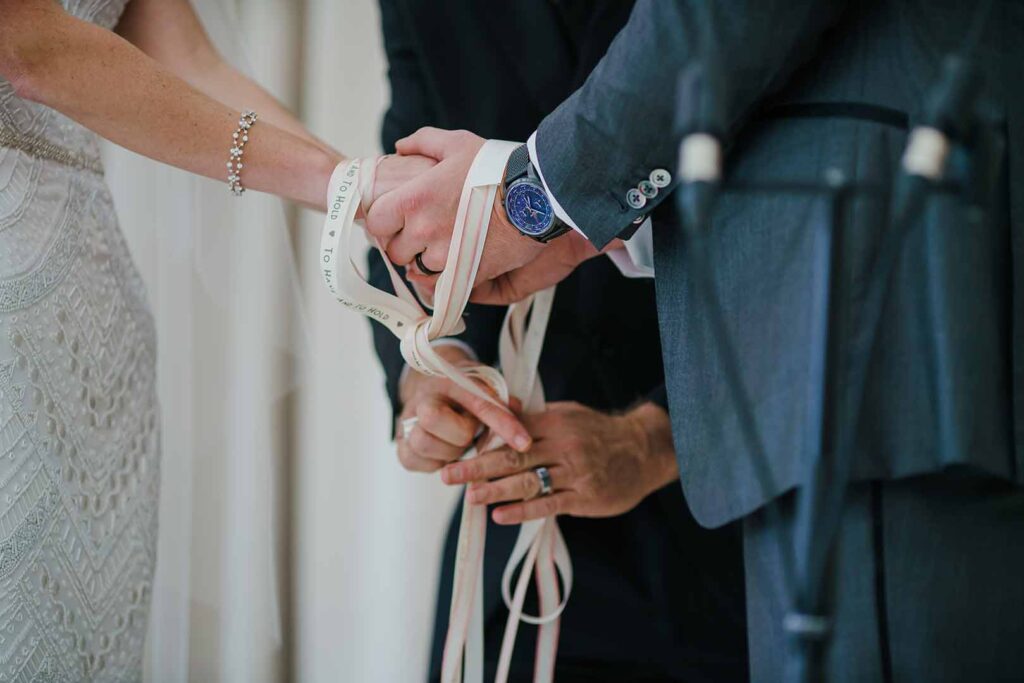
THE CHILD OF PRAGUE:
The Child of Prague tradition is an interesting Irish tradition. The Child of Prague is a small wax medieval statue of the Christ child, adorned in elaborate robes.
Years ago, reproductions of the statue were often found in the majority of Catholic homes around Ireland. The statue was called upon for help to ensure good weather for family occasions such as weddings and special occasions, often either the couples themselves or their families place their faith in the child of Prague to aid good weather.
The devotion to the small replica statues of the Infant of Prague became popular in Ireland in the late 19th to early 20th century in Ireland. Over the years the statue has become significantly linked to Irish wedding customs. Although there are some variations, most customs insist on placing the statue outside of the bride’s house under a hedge in the garden to guarantee fine weather. Some people say the statue needs to be outside the church where the wedding is to take place, this custom developed from a belief that the statue can aid or control the weather.
UNITY CANDLE CEREMONY:
The Unity Candle ceremony is the lighting of candles to symbolize the joining of two families. The outside taper candles represent the families of the bride and groom and the larger center pillar candle represents the new family that will be formed by the marriage.
Traditionally, a member of each family lights the outside candles before the ceremony. The light of the single center candle in unison by the bride and groom represents that they, as individuals, are joining as one. The quenching of the individual taper candles symbolizes their intent to sublimate their individual needs to the greater good of their union.


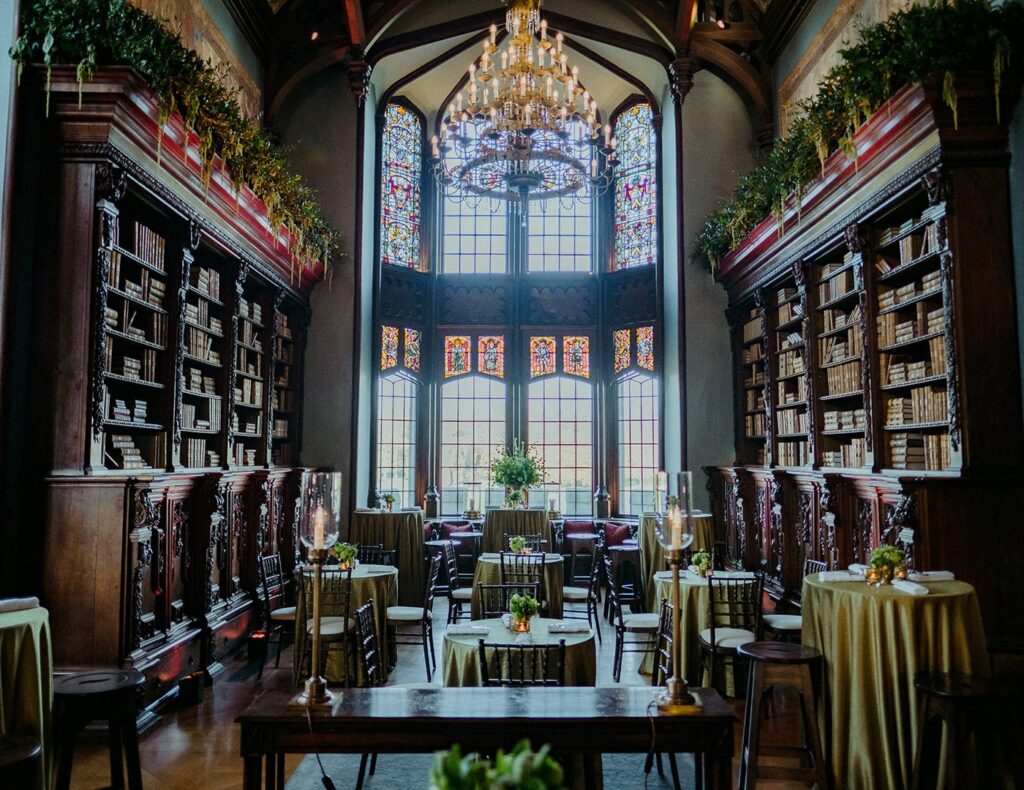
THE LEGALITIES
Here is a simple guide on legal requirements and documentation that you will need when getting married in Ireland.A. MARRIAGE REGISTRATION FORM (MRF)
The Marriage Registration Form (MRF) is a marriage license and is a necessity if you’re going to be getting married in Ireland. If you or your spouse lives outside of Ireland, you will need to make a request from the registration office here for a mail-in registration for your Marriage Registration Form (MRF). All couples must give their intention to marry at least three months before they plan to do so. This notification must be given in person to any Registrar, whether you want to be married in a religious, secular, or civil ceremony. If either party is not an Irish citizen, you may be asked to provide a Letter or Certificate of Freedom to Marry or other documentary confirmation of your civil status from your country of origin. The team at Olivia Buckley International can easily advise and guide you through this process should you choose to get married in Ireland.B. YOUR WEDDING VENUE AND DATE
As a general rule, Catholic weddings tend to take place outside of Sundays. Civil ceremonies can only be held during the week but not on weekends. Secular or spiritualist weddings can take place on Saturdays and Sundays. If you’re opting not to get married in a church or a registry office, you’ll need to make sure that your venue meets the requirements of the HSE. If you having had a legal ceremony elsewhere and just wish to have a blessing, then this will be an exception.C. DOCUMENTATION AND VISAS
Currently, if you are from North America, Brazil, South Korea, the United Kingdom, South Africa, the European Union, and a range of other countries you do not need to get a wedding visa. If you are from a visa required country, however, it is essential to allow time to get your documentation in order before making travel plans. Some of the documentation that may be required at the airport before entering the country include; your passport, marriage visa, acknowledgement from the Registrar of Civil Marriages, and all of the supporting documents that you used to acquire these forms. It is essential that all of your documents are in English or have been translated from an independent verifiable translation company. As a side note, for couples who are considering traveling to Northern Ireland (highly recommended), please note that it is part of the United Kingdom and you will need a UK visa to visit the country.
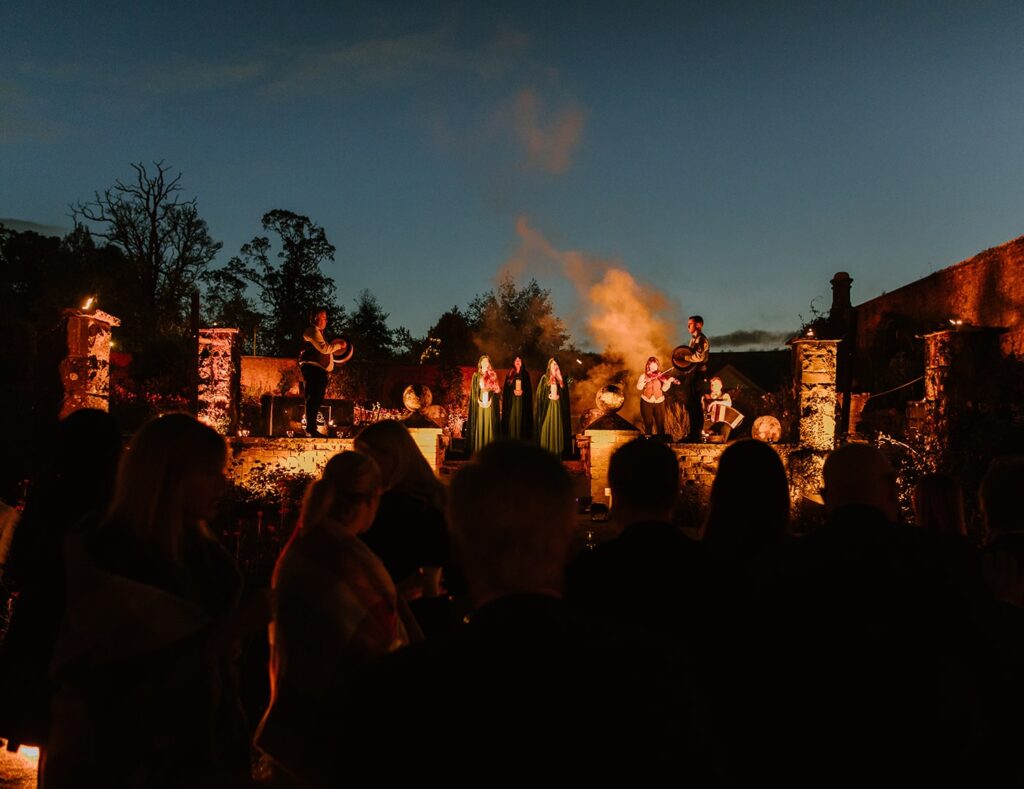
HOW CAN WE HELP?
Making the decision to get married in Ireland is the first step in your exciting wedding planning journey. We at Olivia Buckley International specialise in designing and producing exquisite, unique and unforgettable destination weddings in Ireland and throughout Europe for our clients and can assist and guide you in every aspect of your planning. Our expertise, local knowledge, and years of experience in the wedding and events industry means that we can provide an extensive event management service which allows our clients to enjoy a seamless and enjoyable wedding planning experience.
Visit our destination wedding page to read more about choosing Olivia Buckley International as your destination wedding planning company.
Read an interview here with Olivia Buckley International clients Juliana and Ryan, where they talk about their experience of getting married in Ireland and planning their dream destination wedding from abroad.
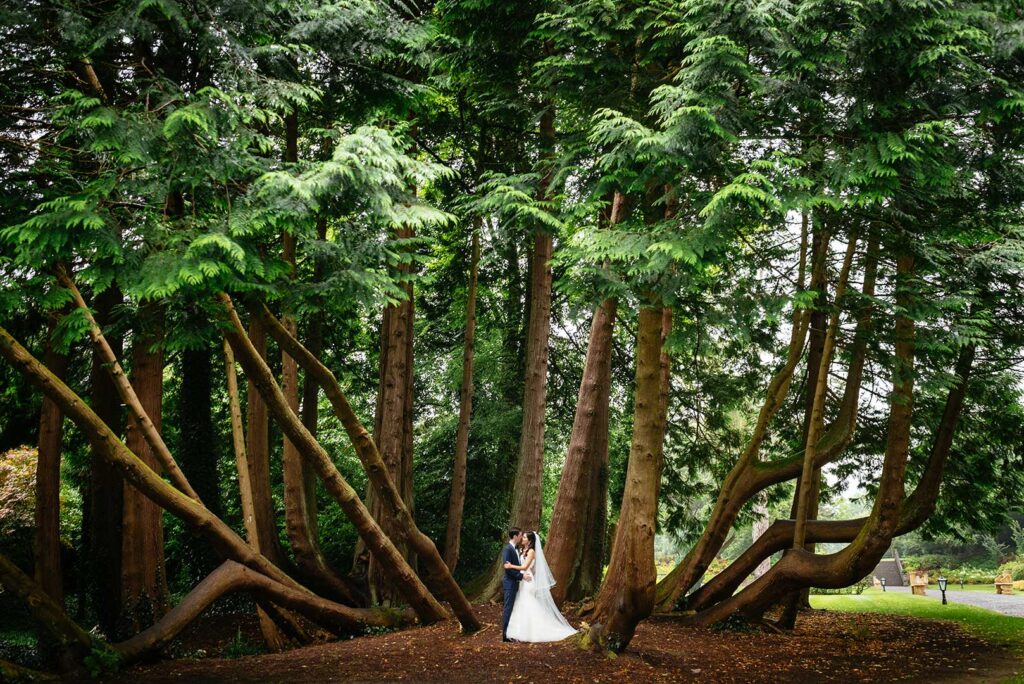

AT A GLANCE
• Official name: Éire, Republic of Ireland.
• Languages Spoken: English and Gaelic (Irish)
• Religions: Predominantly Christian (especially Catholic and Protestant)
• Currency: Euro (€)
• Capital City: Dublin
• International Airports: Dublin, Shannon
• Climate: Mild
• Timezone: GMT+5
• History: Irish Castles and Churches dating back to the twelfth century.
• Visitor Experiences: The Guinness Storehouse, The Burren, The Cliffs of Moher, The Ring of Kerry, Blarney Castle and The Rock of Cashel.
